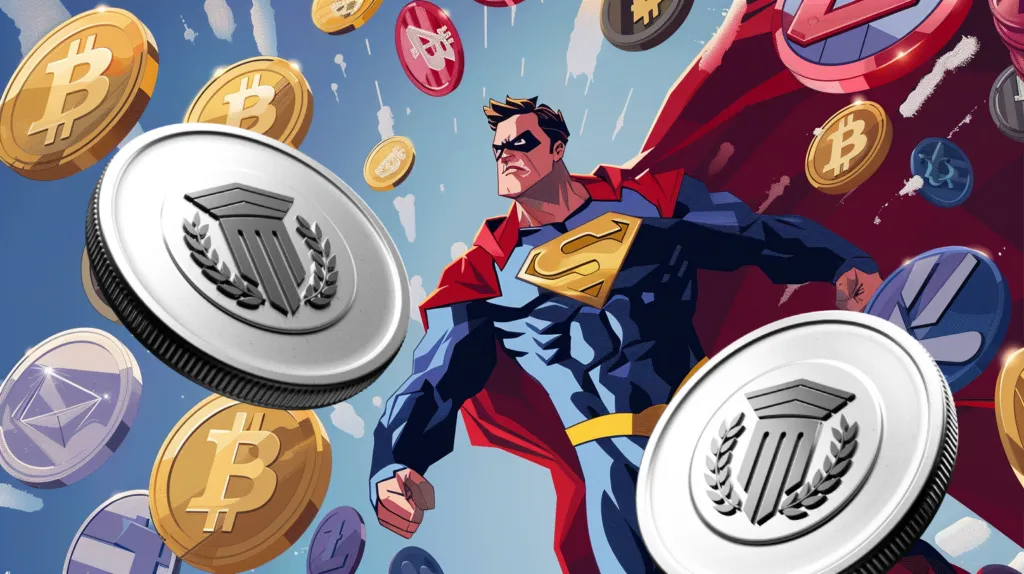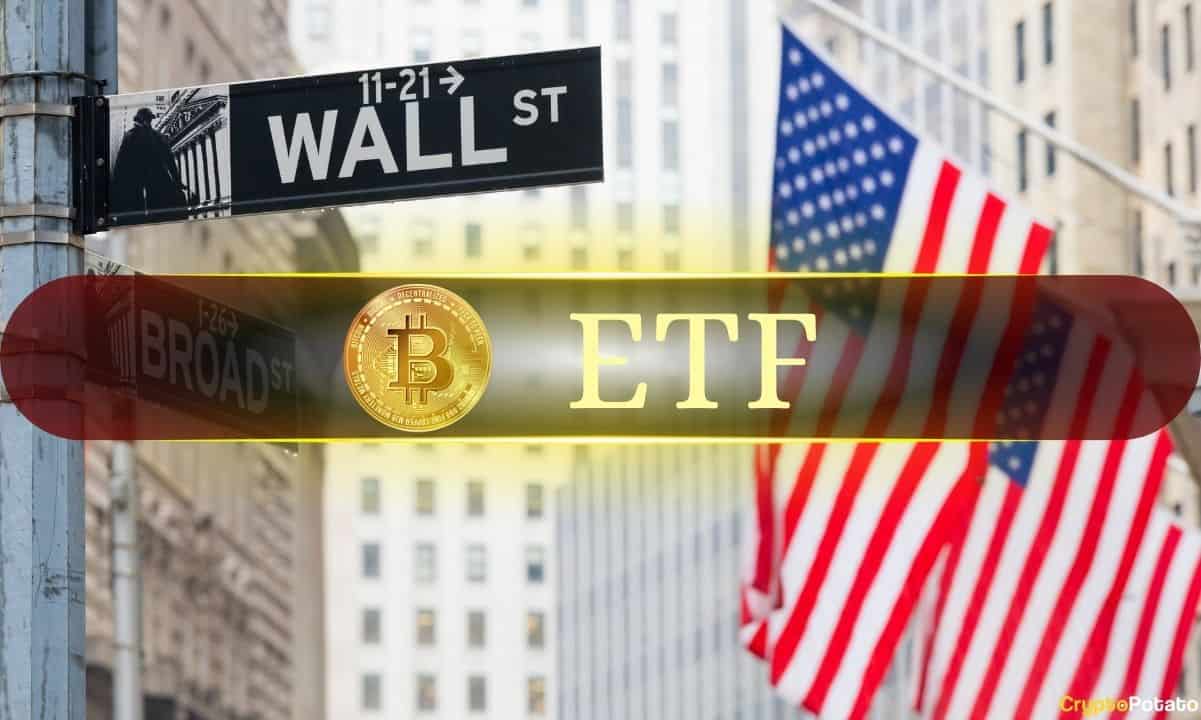Unraveling the Mystery: The Alleged Connection between North Korean Cybercriminals and Memecoin Rug Pulls on Solana
In the ever-evolving world of cryptocurrencies, a new threat has emerged, leaving many investors in the Solana ecosystem feeling deceived and frustrated. Memecoins, the latest craze in the crypto space, have been the target of a series of rug pulls. These sudden and deliberate manipulations of memecoin prices, resulting in considerable financial losses for unsuspecting investors, have raised eyebrows and sparked speculation about the individuals or groups behind these malicious acts.
North Korean Cybercrime Unit: A Suspected Force behind Memecoin Rug Pulls
Recent reports have linked the North Korean cybercrime unit, known as the Lazarus Group, to these rug pulls on the Solana blockchain. The Lazarus Group, a highly skilled and prolific hacking group, is believed to be responsible for various cyberattacks, including the infamous WannaCry ransomware and the Sony Pictures hack in 2014. Their involvement in the crypto world is not a new development, as they have been connected to the theft of over $600 million in cryptocurrencies since 2017.
The connection between the Lazarus Group and memecoin rug pulls on Solana is based on several factors. First, the group’s history of cybercrime activities and their interest in cryptocurrencies make them a prime suspect. Second, the modus operandi of the rug pulls on Solana bears similarities to previous attacks attributed to the group. For example, the attackers create a memecoin, pump its price using social media and other channels, and then suddenly dump the coin, causing its price to plummet.
Impact on Individual Investors
For individual investors, the potential involvement of the Lazarus Group in memecoin rug pulls on Solana is a cause for concern. These attacks can result in significant financial losses, especially for those who invest in memecoins without conducting proper research or due diligence. It is crucial for investors to be aware of the risks involved in memecoins and to exercise caution when investing in these volatile assets.
Global Implications
The alleged involvement of the Lazarus Group in memecoin rug pulls on Solana has wider implications for the global crypto community. If proven true, it could lead to a loss of trust in the Solana ecosystem and potentially in the memecoin market as a whole. It may also increase regulatory scrutiny on these assets and the platforms they are traded on. Moreover, it underscores the importance of addressing cybercrime and ensuring the security of decentralized finance (DeFi) platforms.
Conclusion
The alleged connection between the North Korean cybercrime unit, the Lazarus Group, and memecoin rug pulls on the Solana blockchain is a serious concern for the crypto community. While the veracity of these reports is yet to be confirmed, it serves as a reminder of the risks involved in investing in memecoins and the importance of staying informed and vigilant. The potential consequences of these attacks, both for individual investors and the broader crypto ecosystem, highlight the need for increased security measures and collaboration between industry players and regulatory bodies to combat cybercrime in the crypto space.
- The Lazarus Group, a North Korean cybercrime unit, is suspected of involvement in memecoin rug pulls on Solana.
- Their history of cybercrime activities and interest in cryptocurrencies make them a prime suspect.
- Individual investors could face significant financial losses if they fall victim to these attacks.
- The potential impact on the Solana ecosystem and memecoin market could lead to a loss of trust and increased regulatory scrutiny.
- Addressing cybercrime and ensuring the security of DeFi platforms is crucial to maintaining confidence in the crypto industry.





